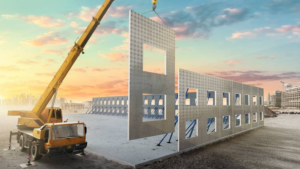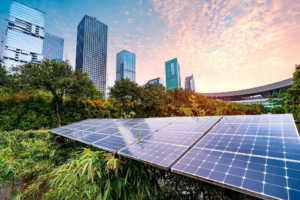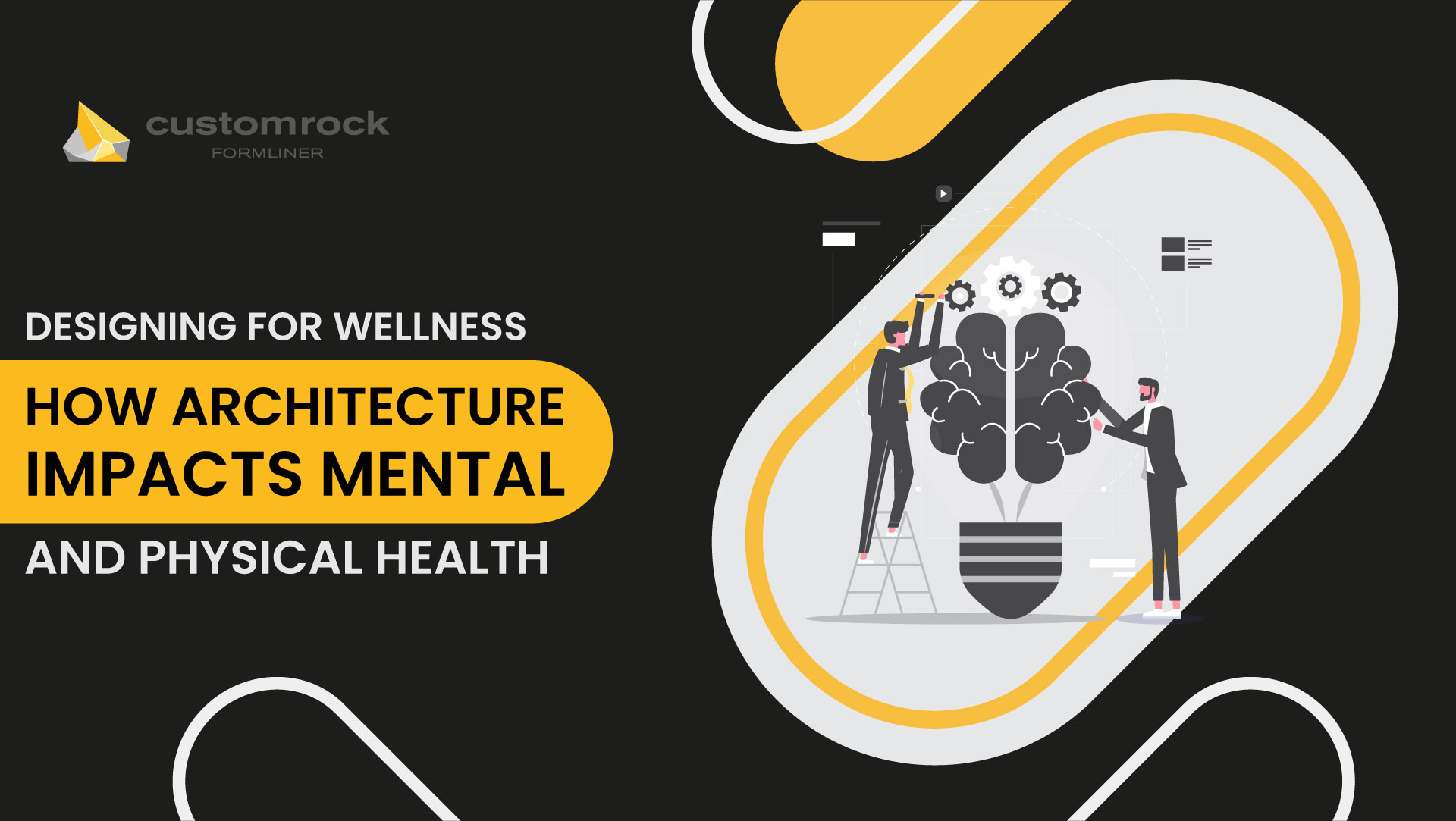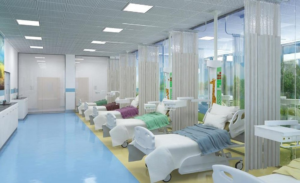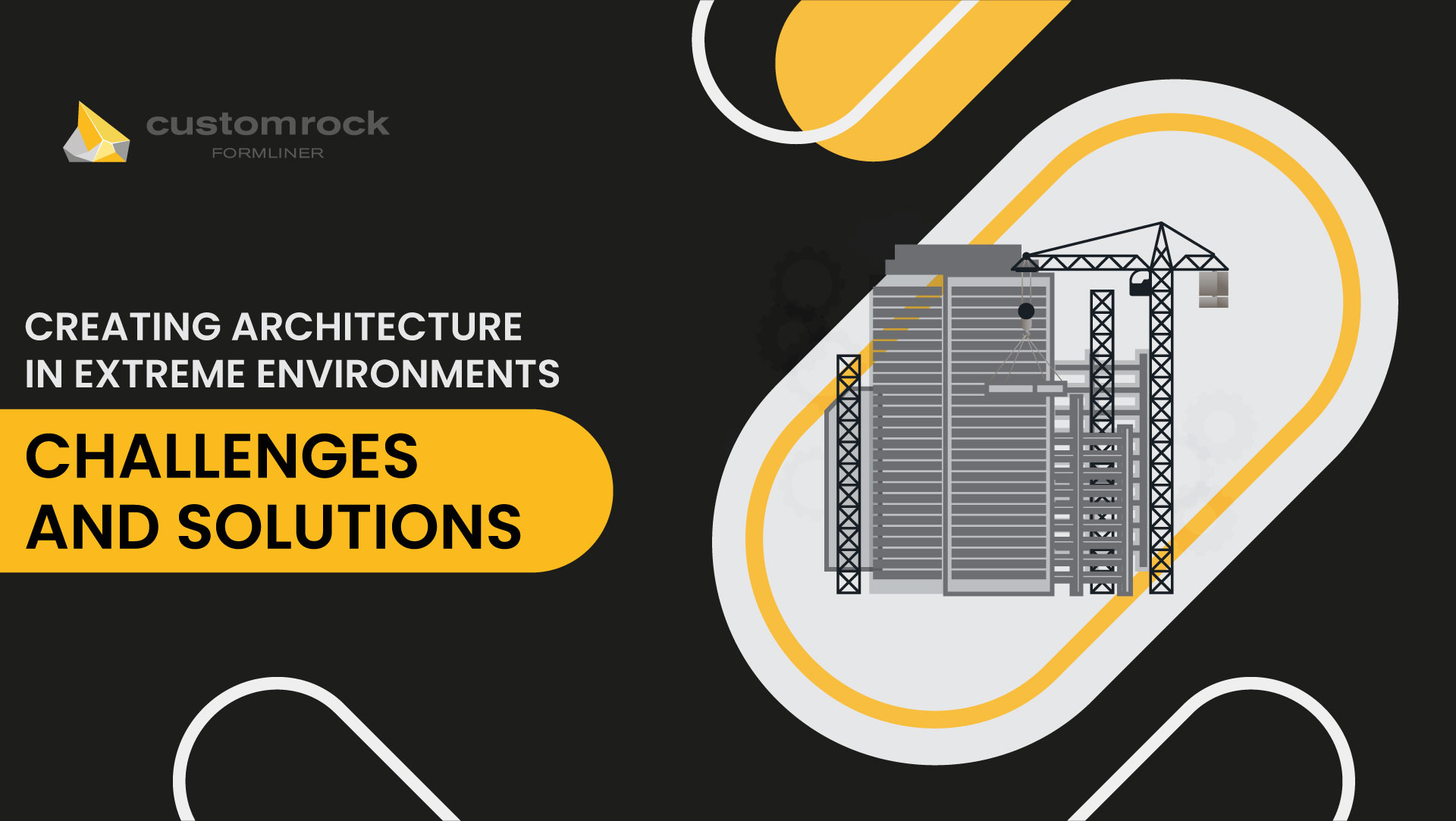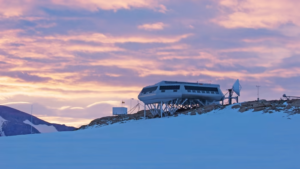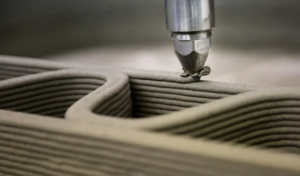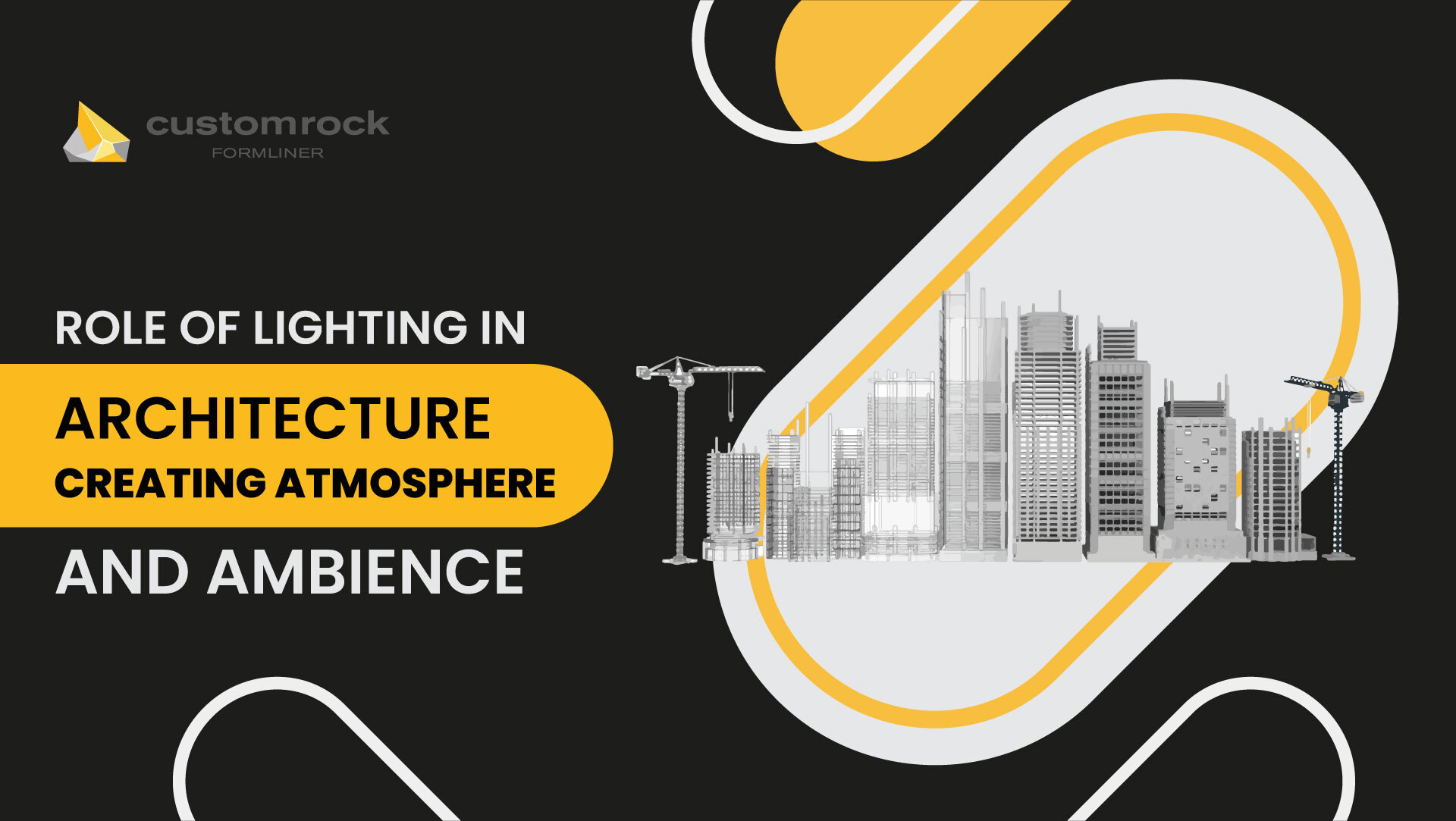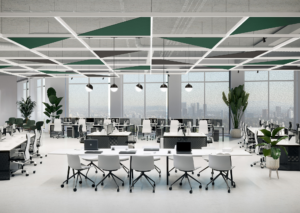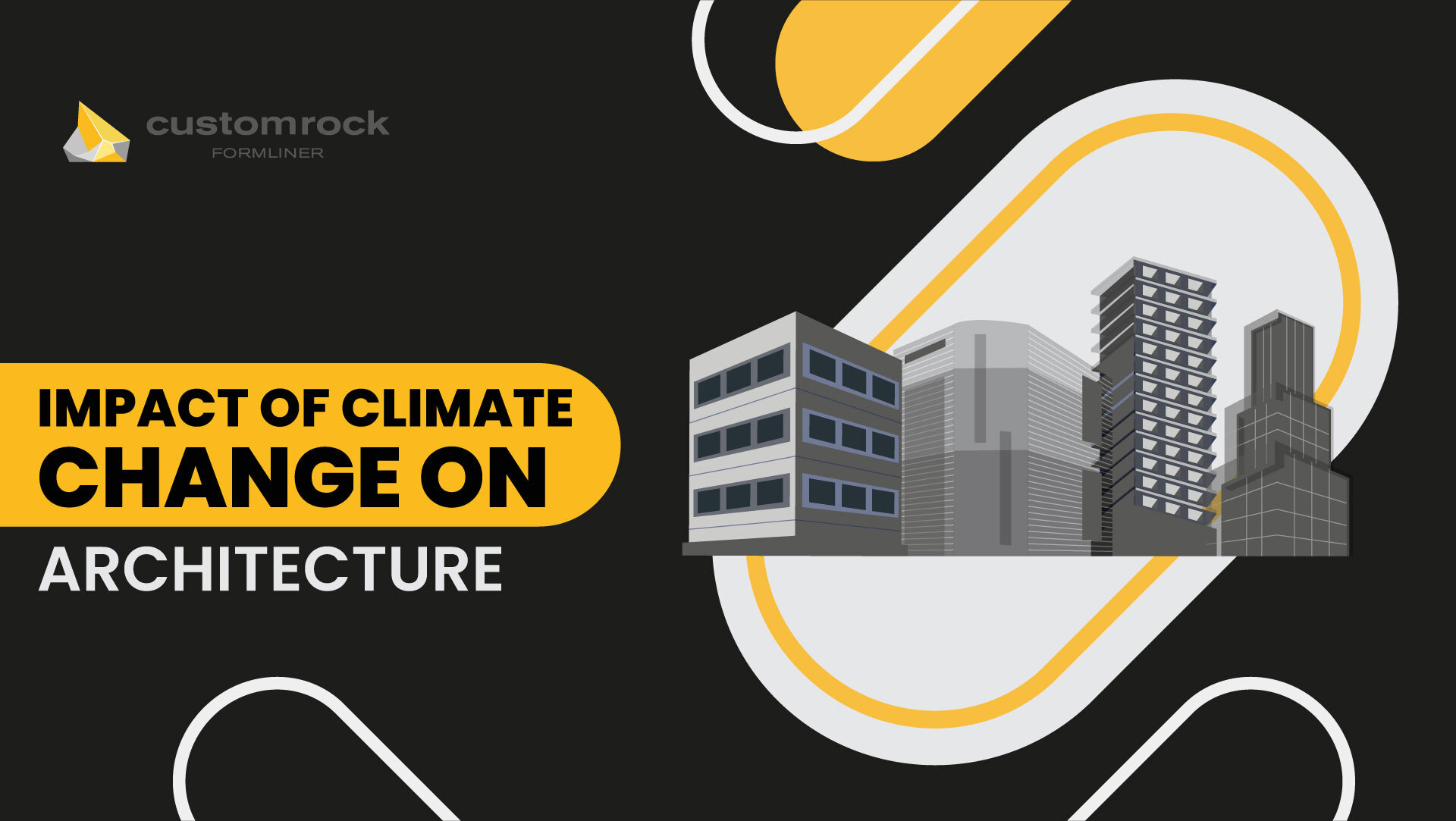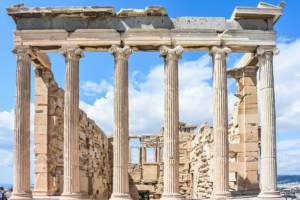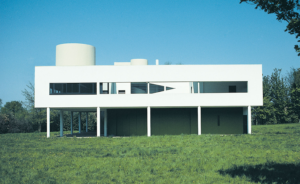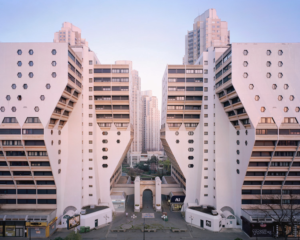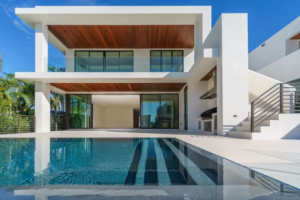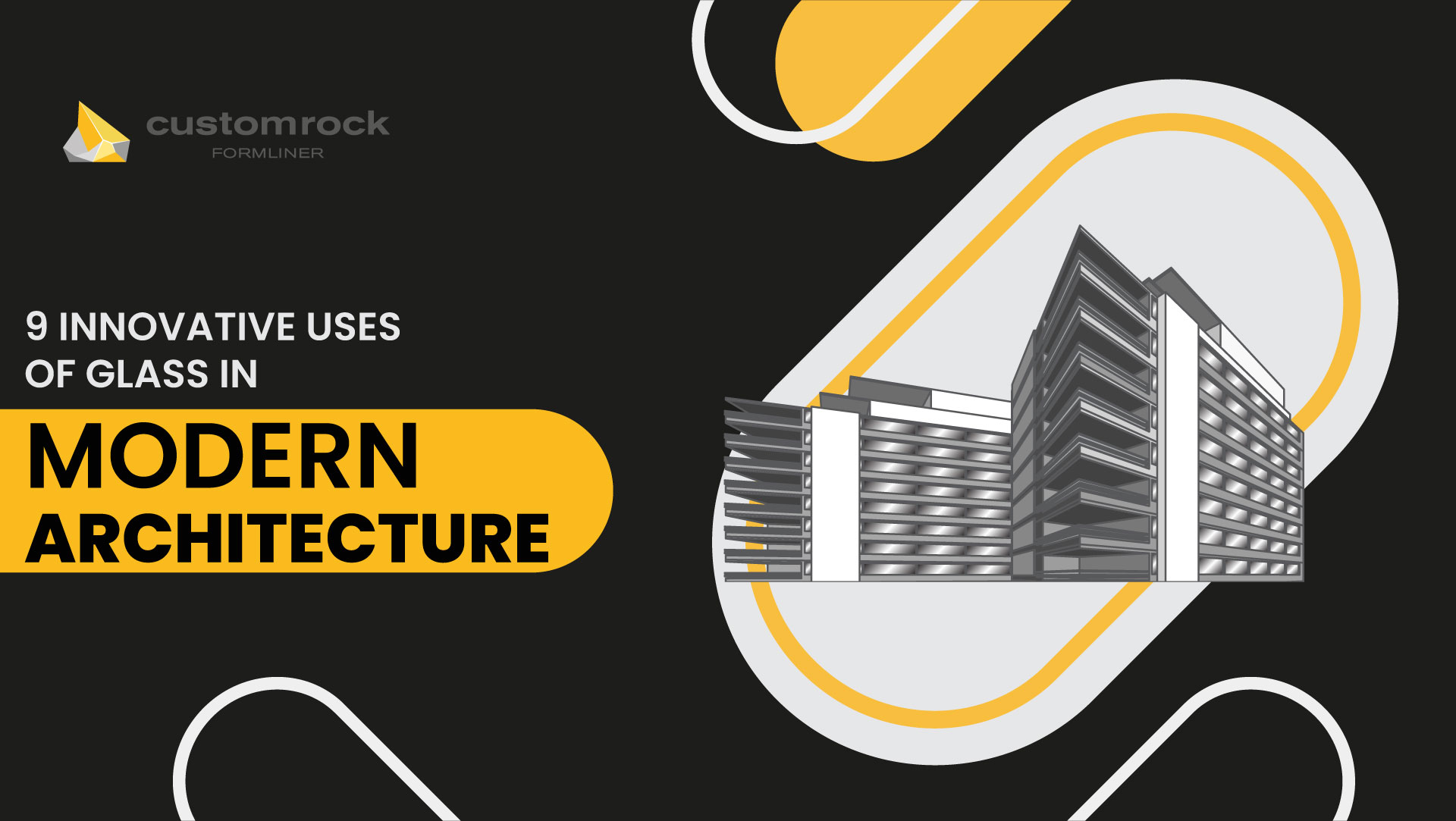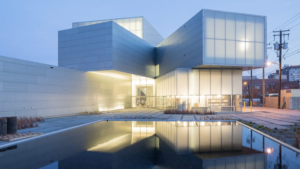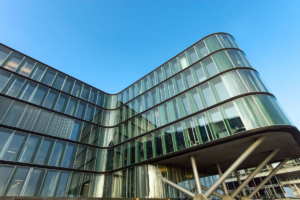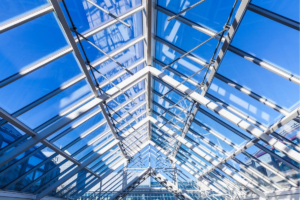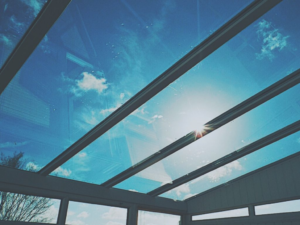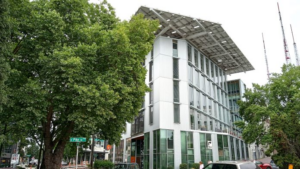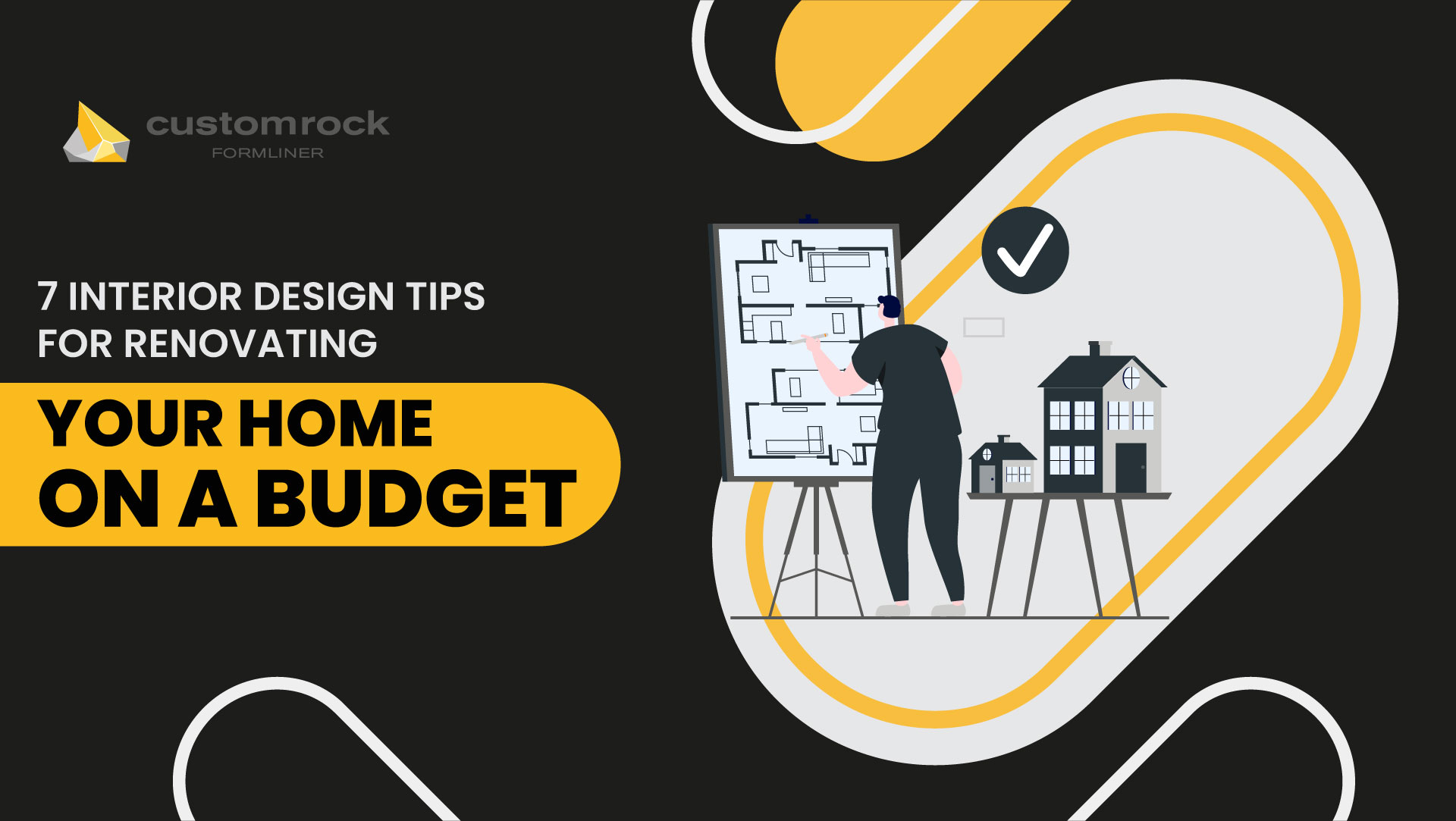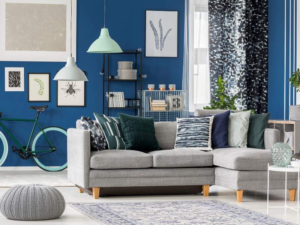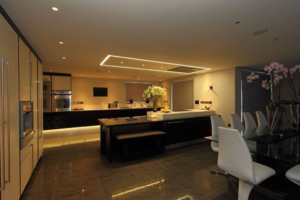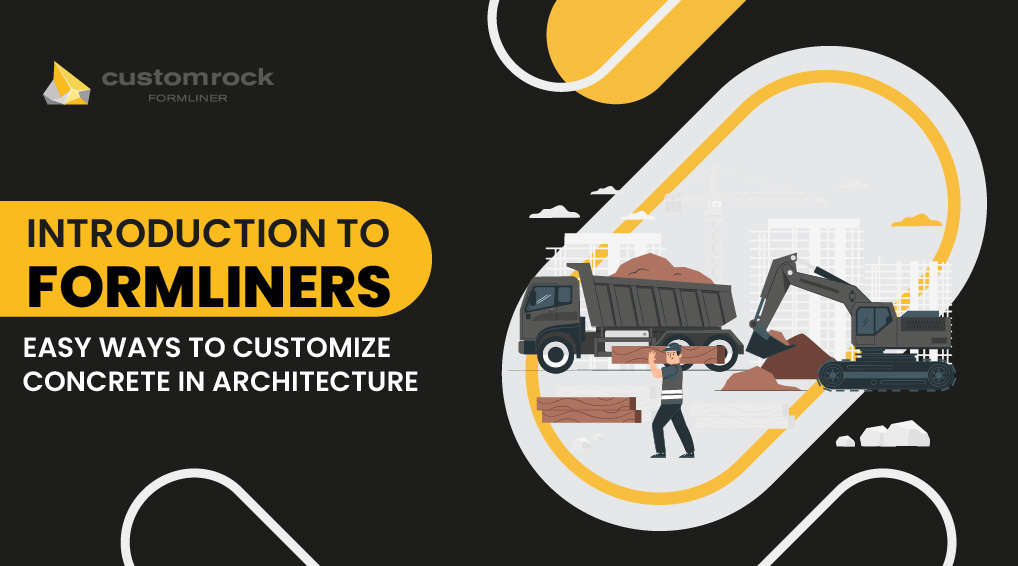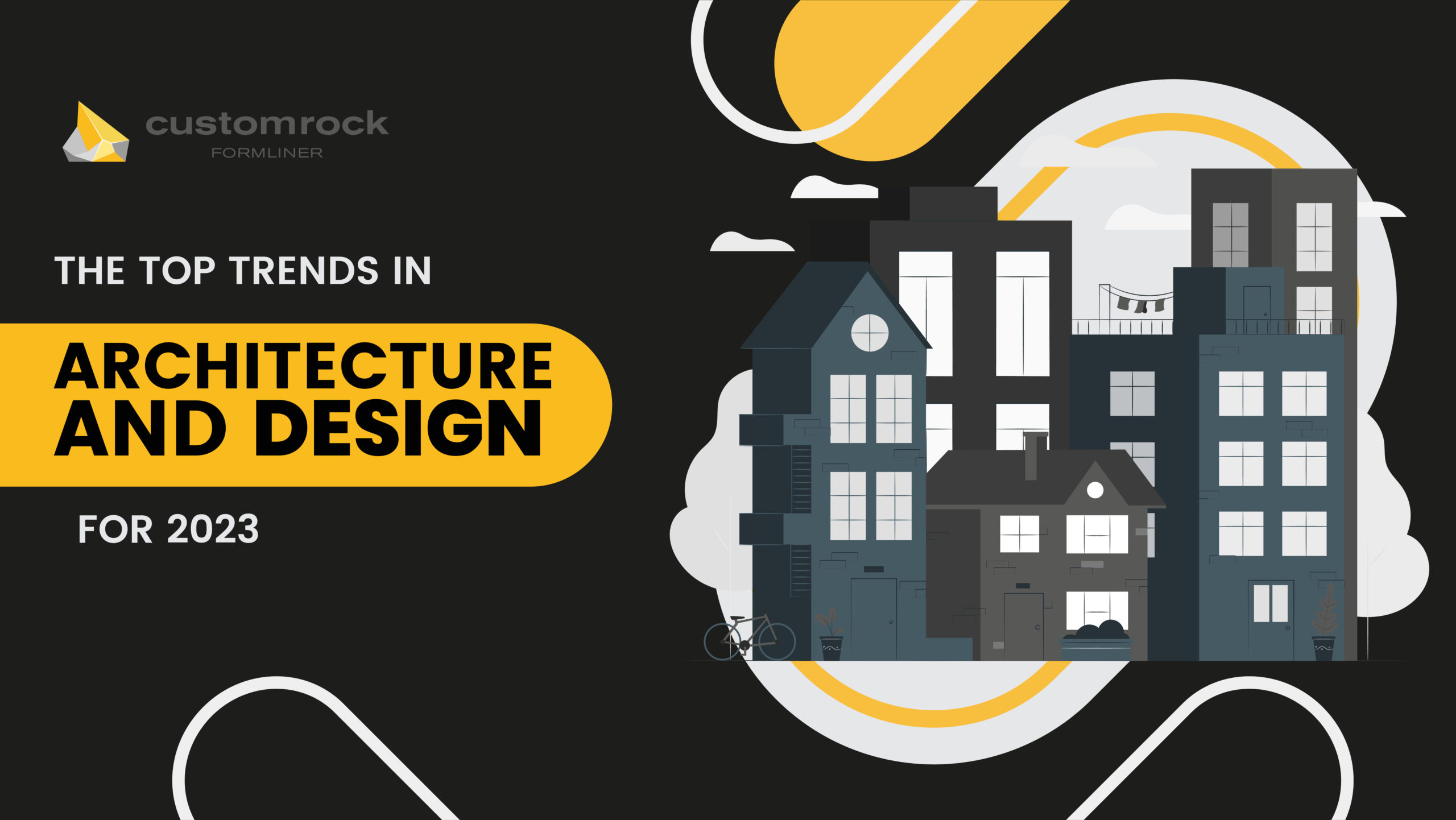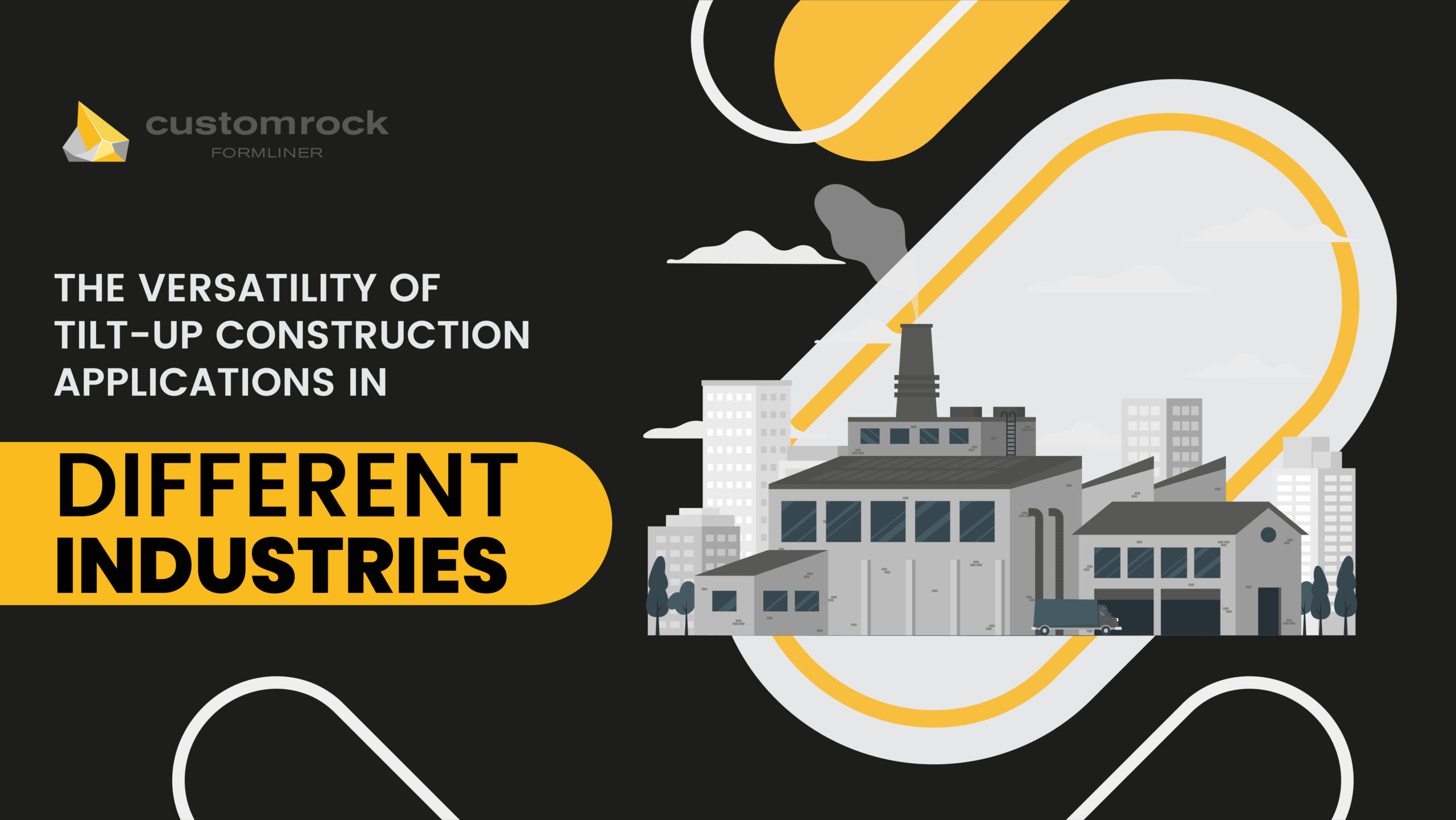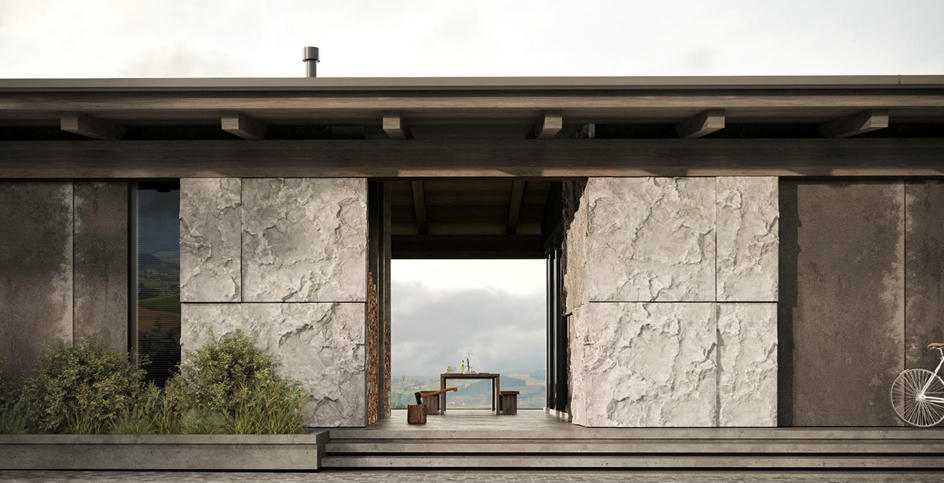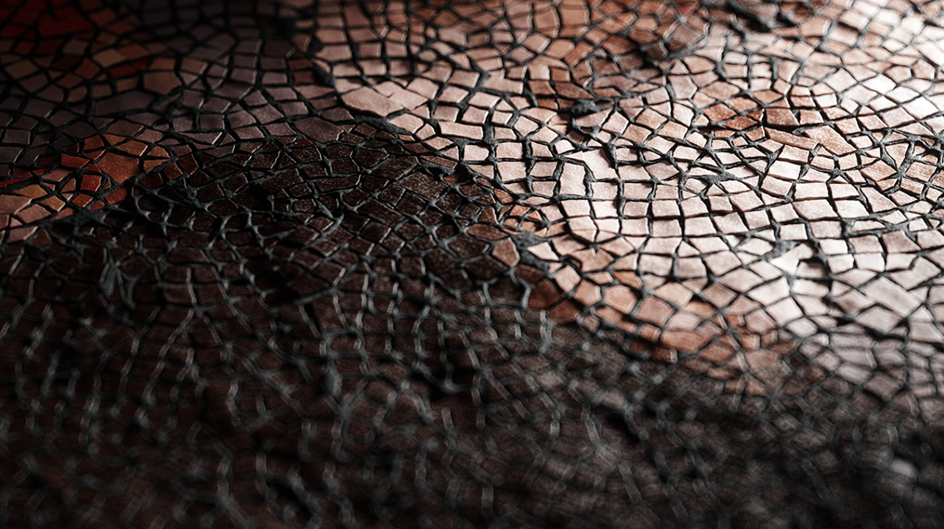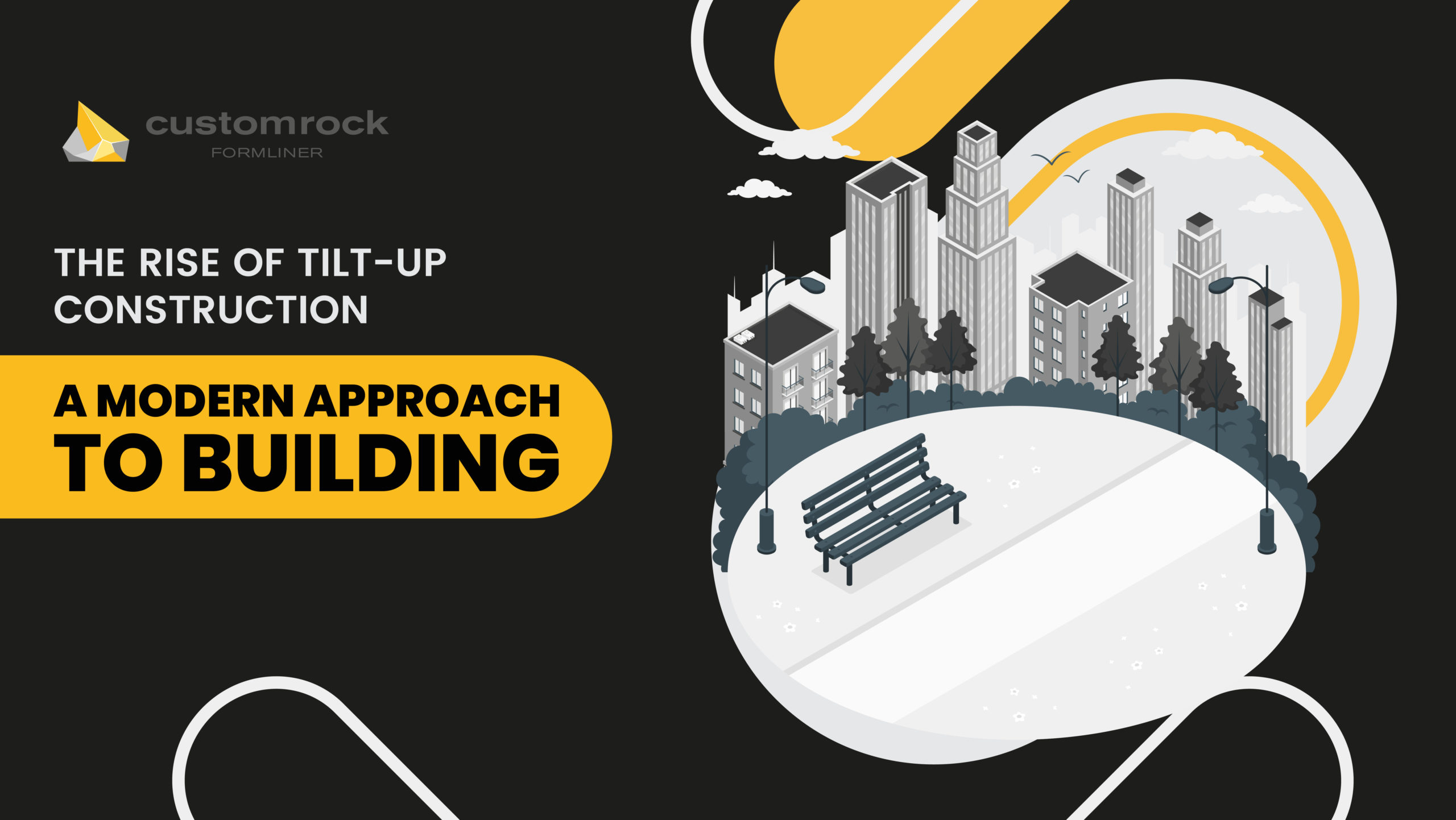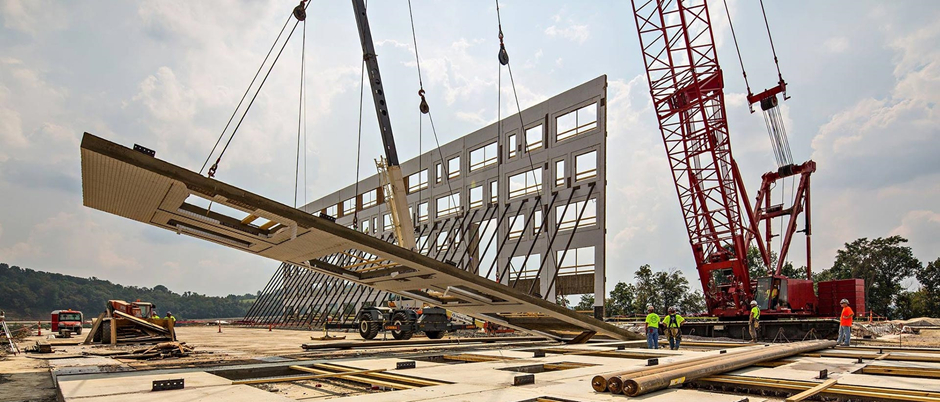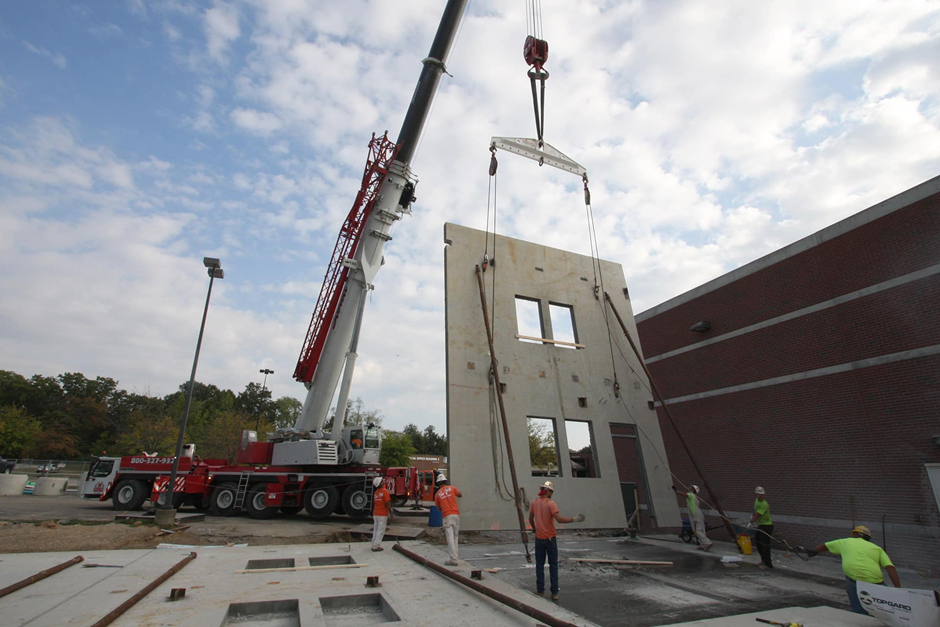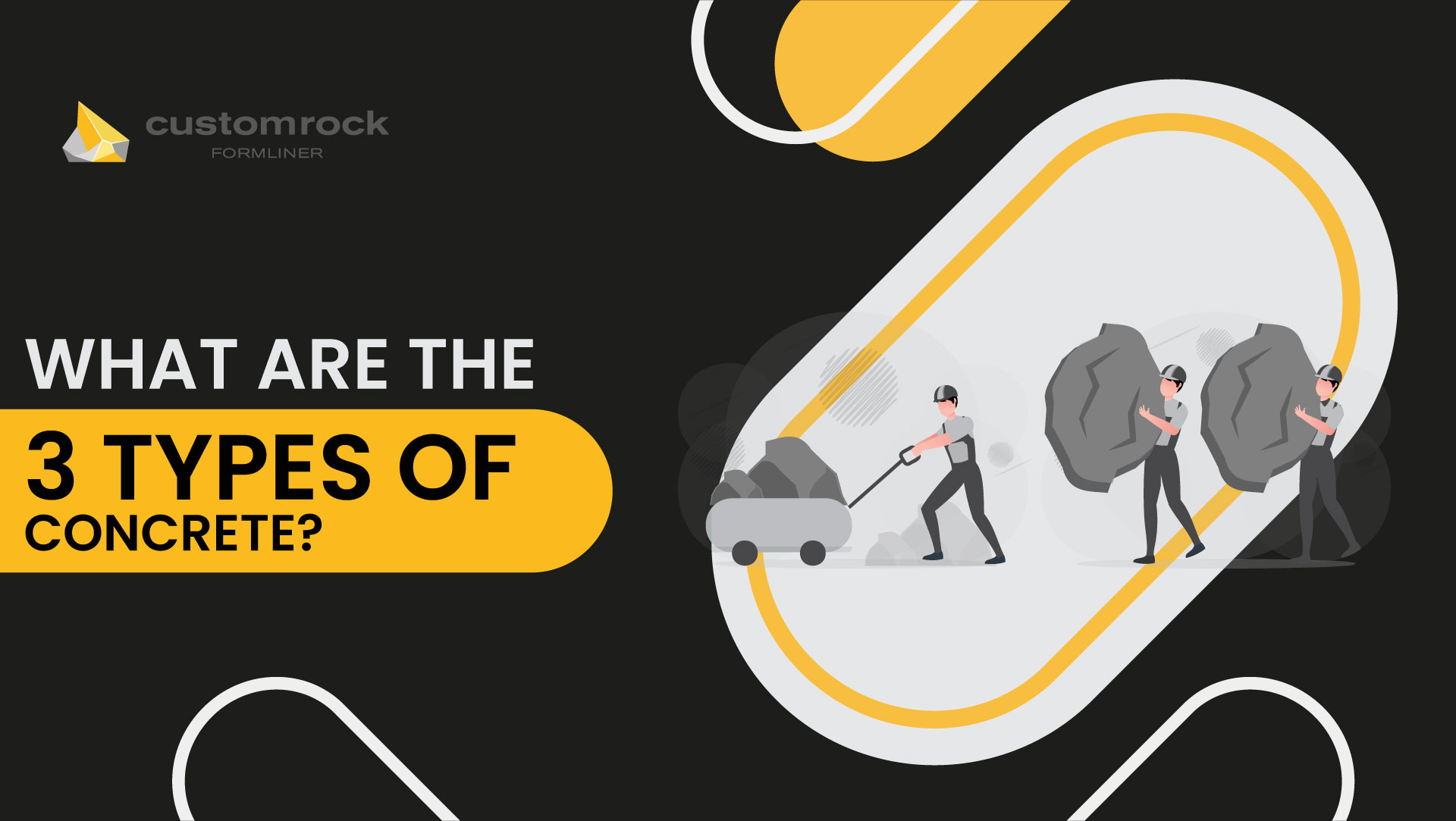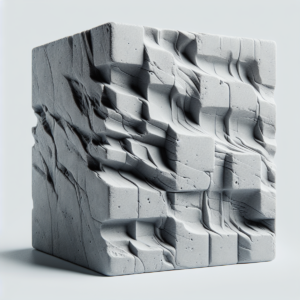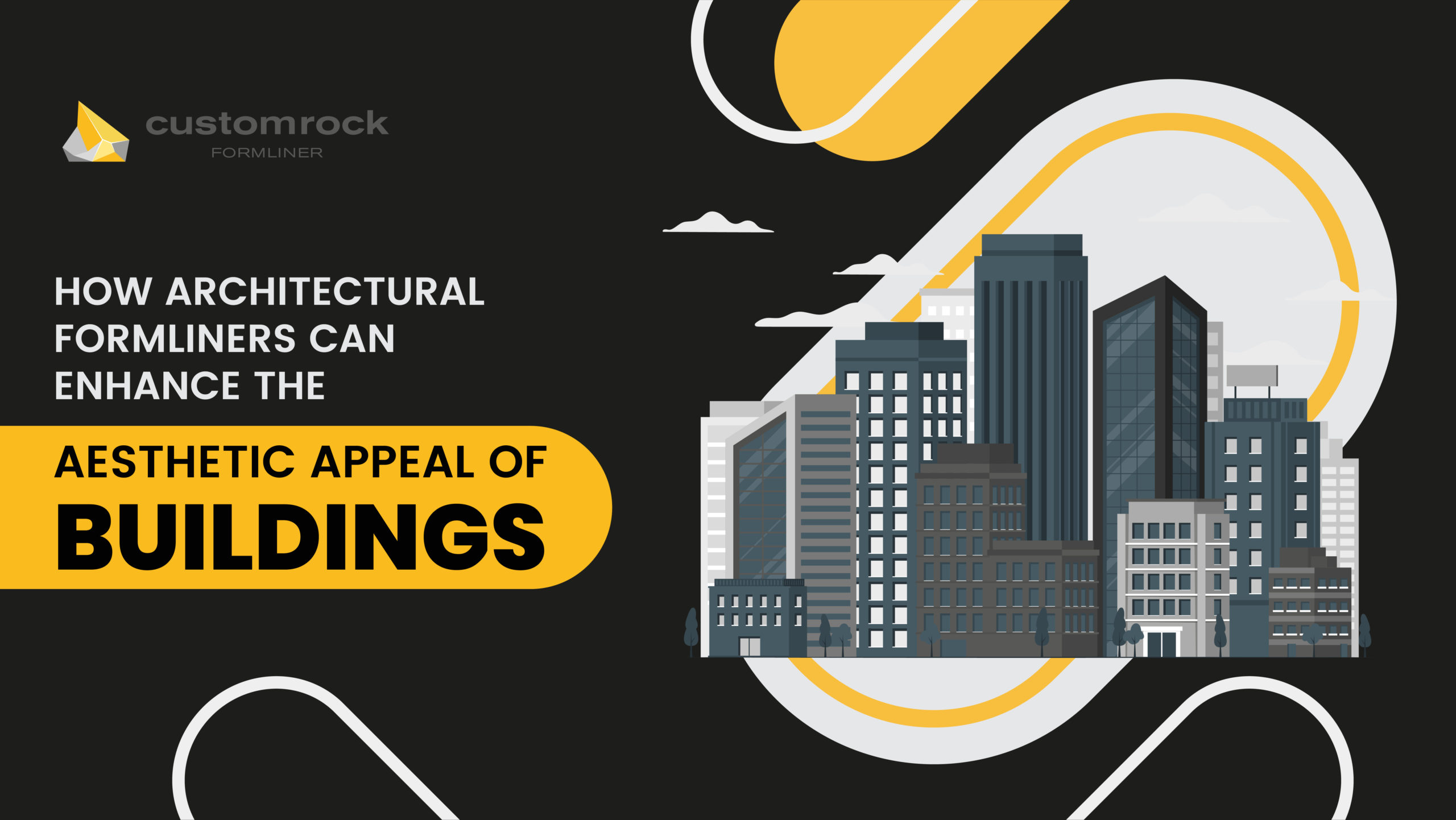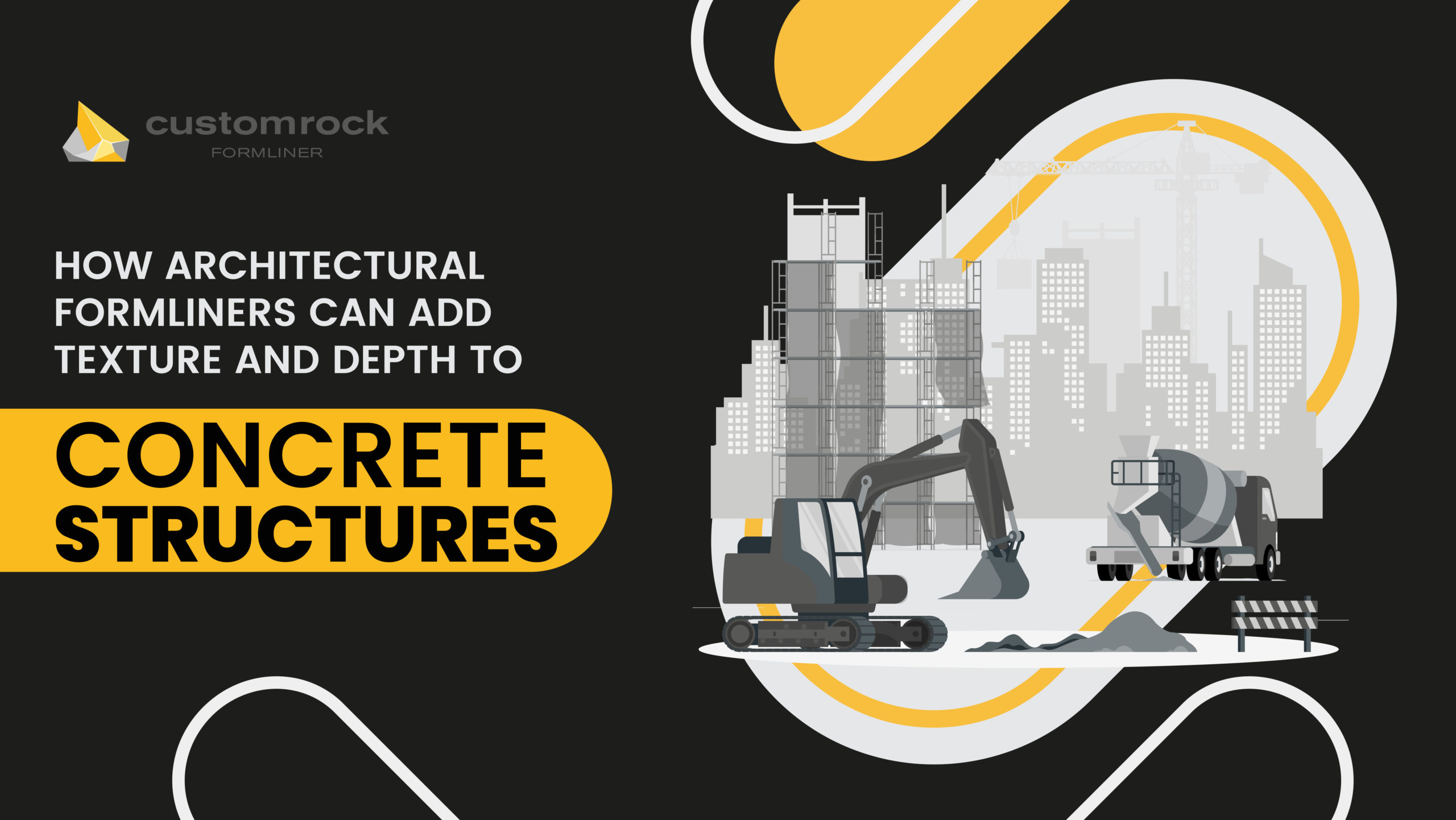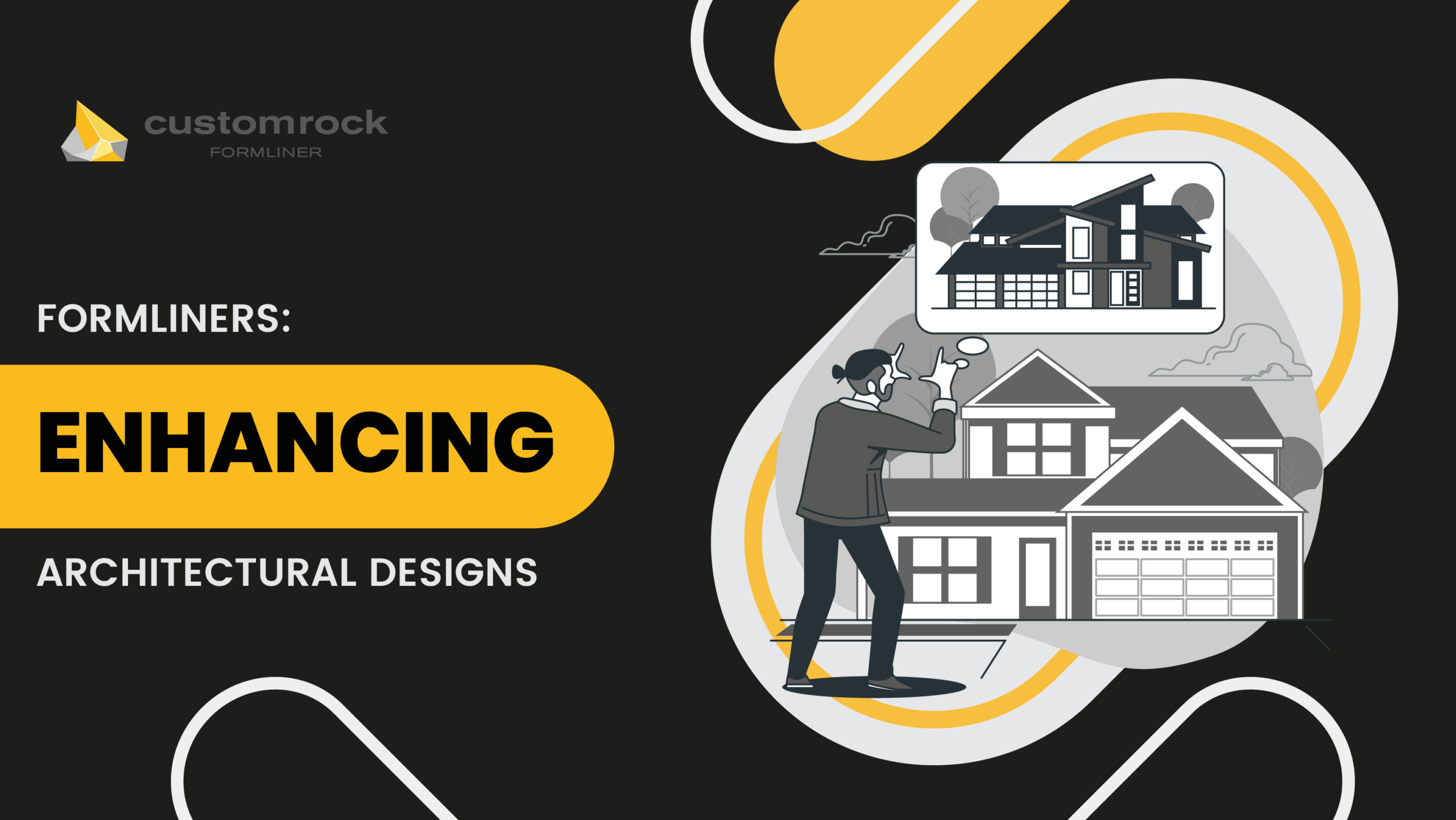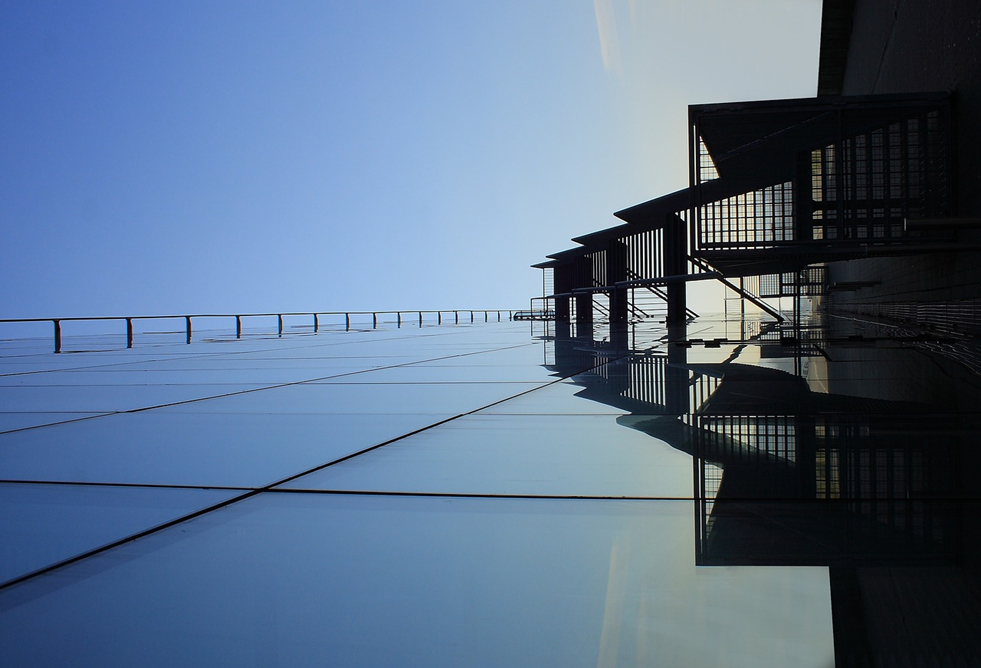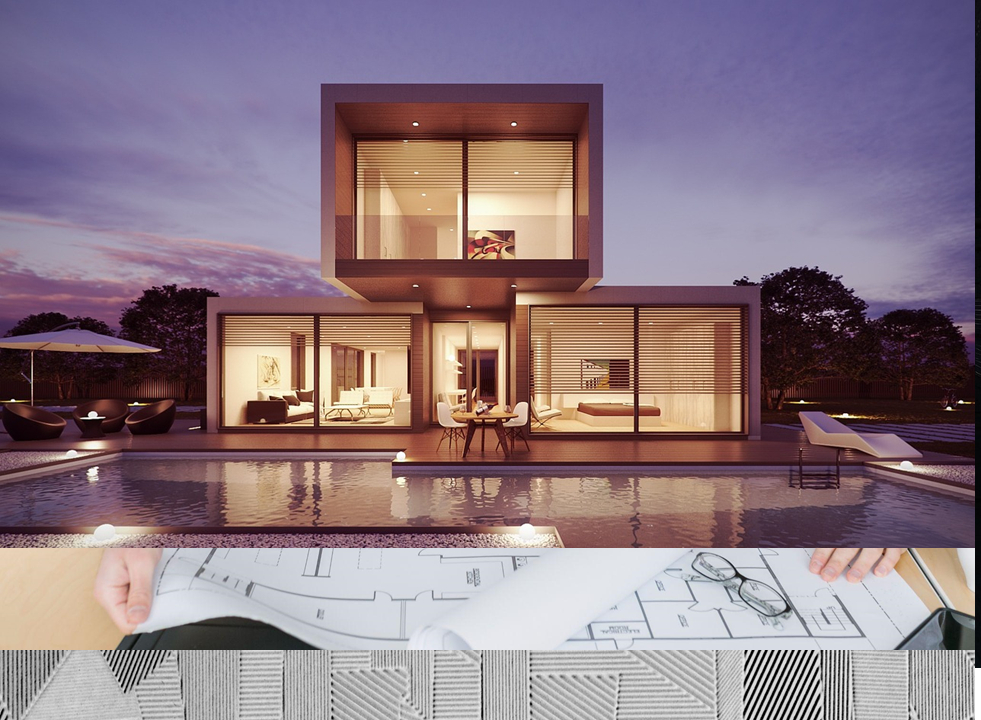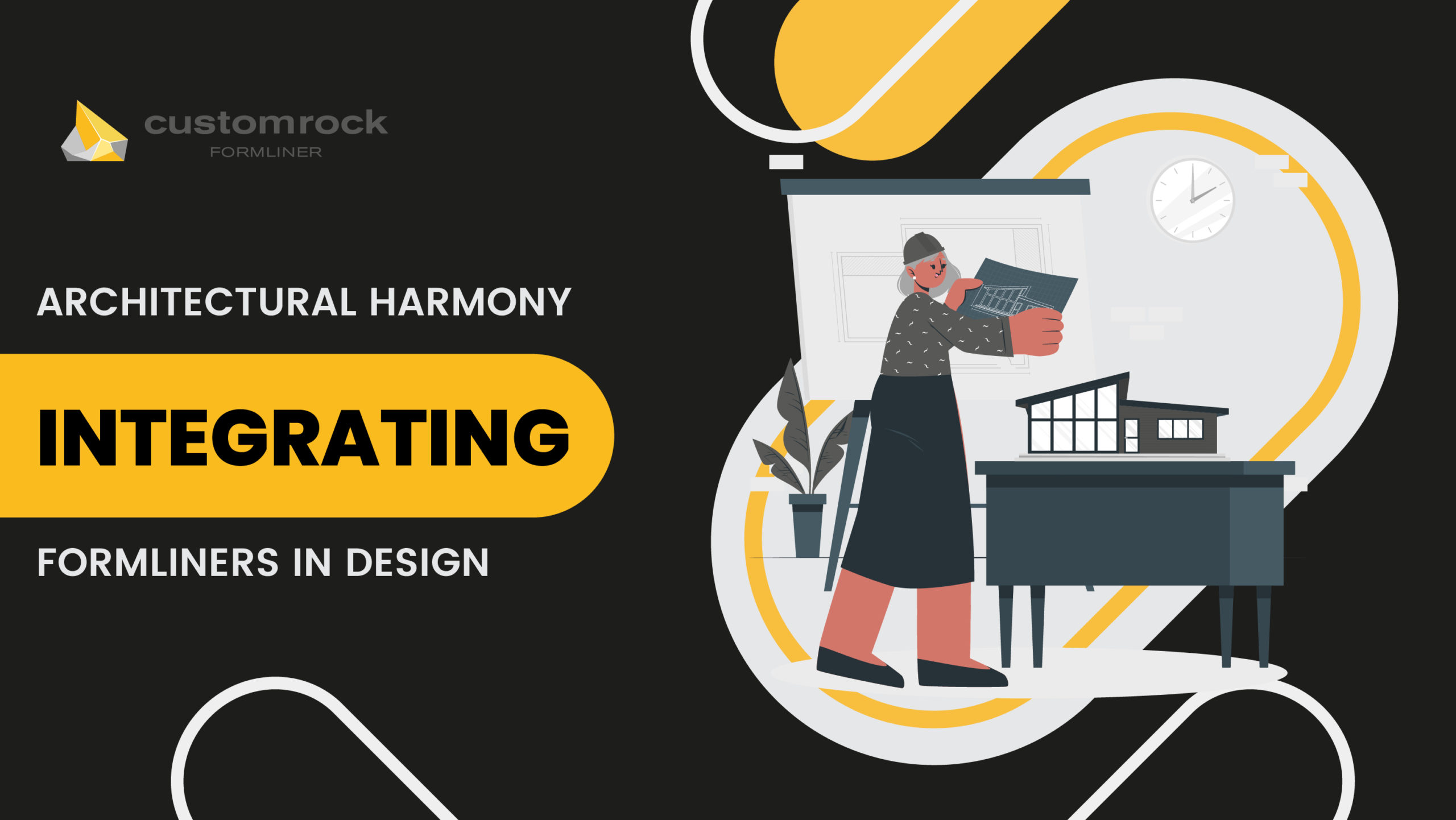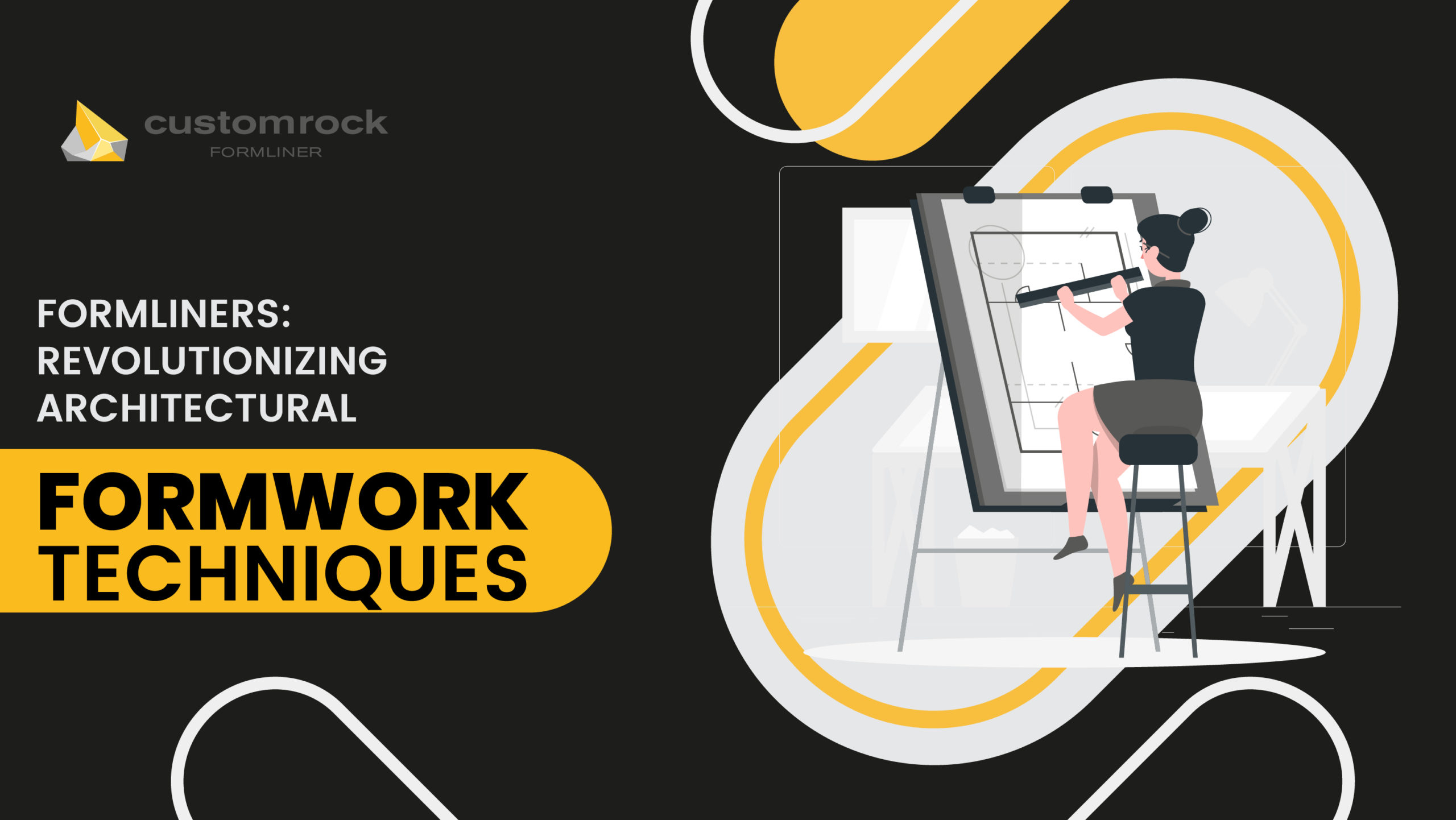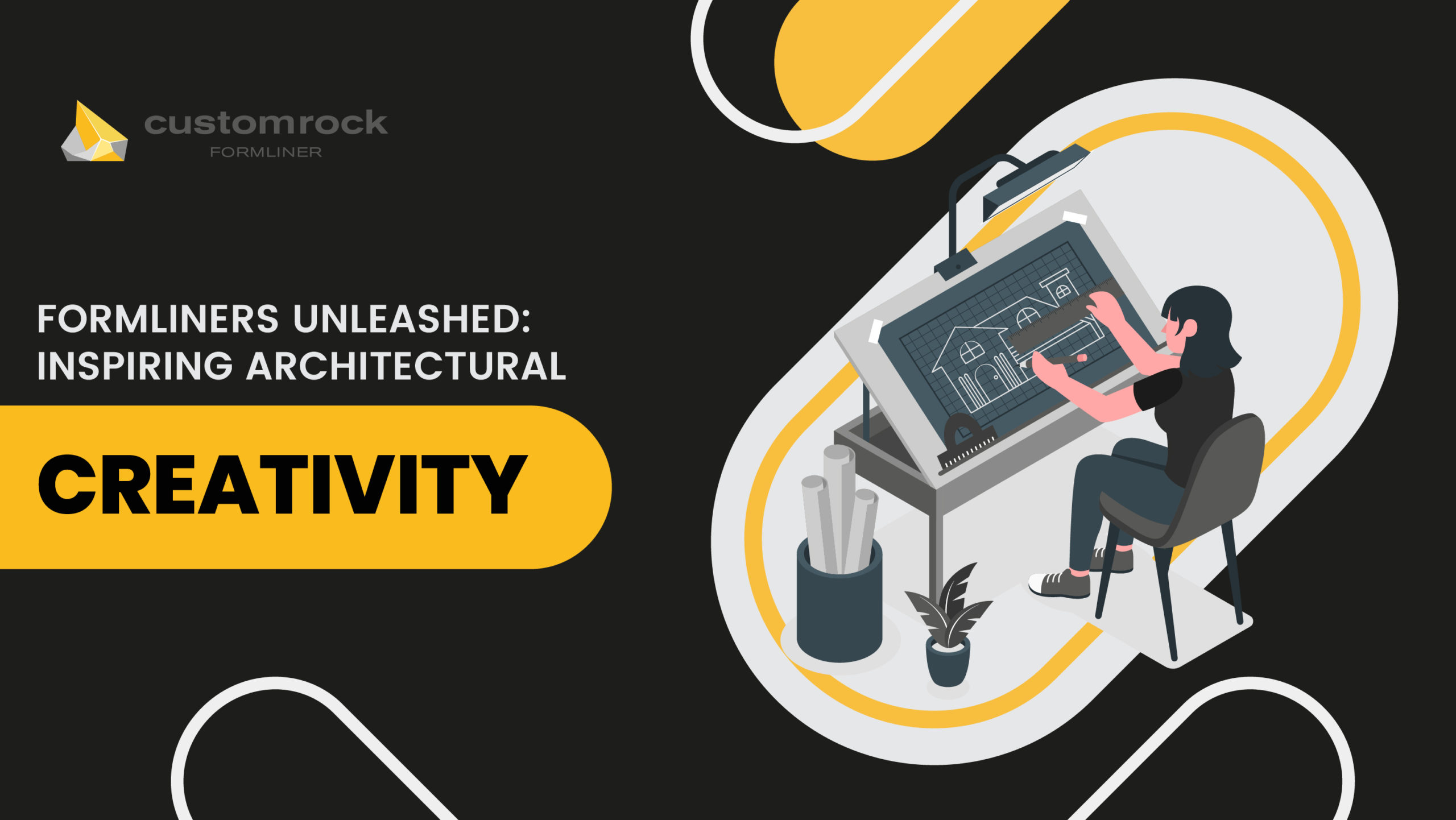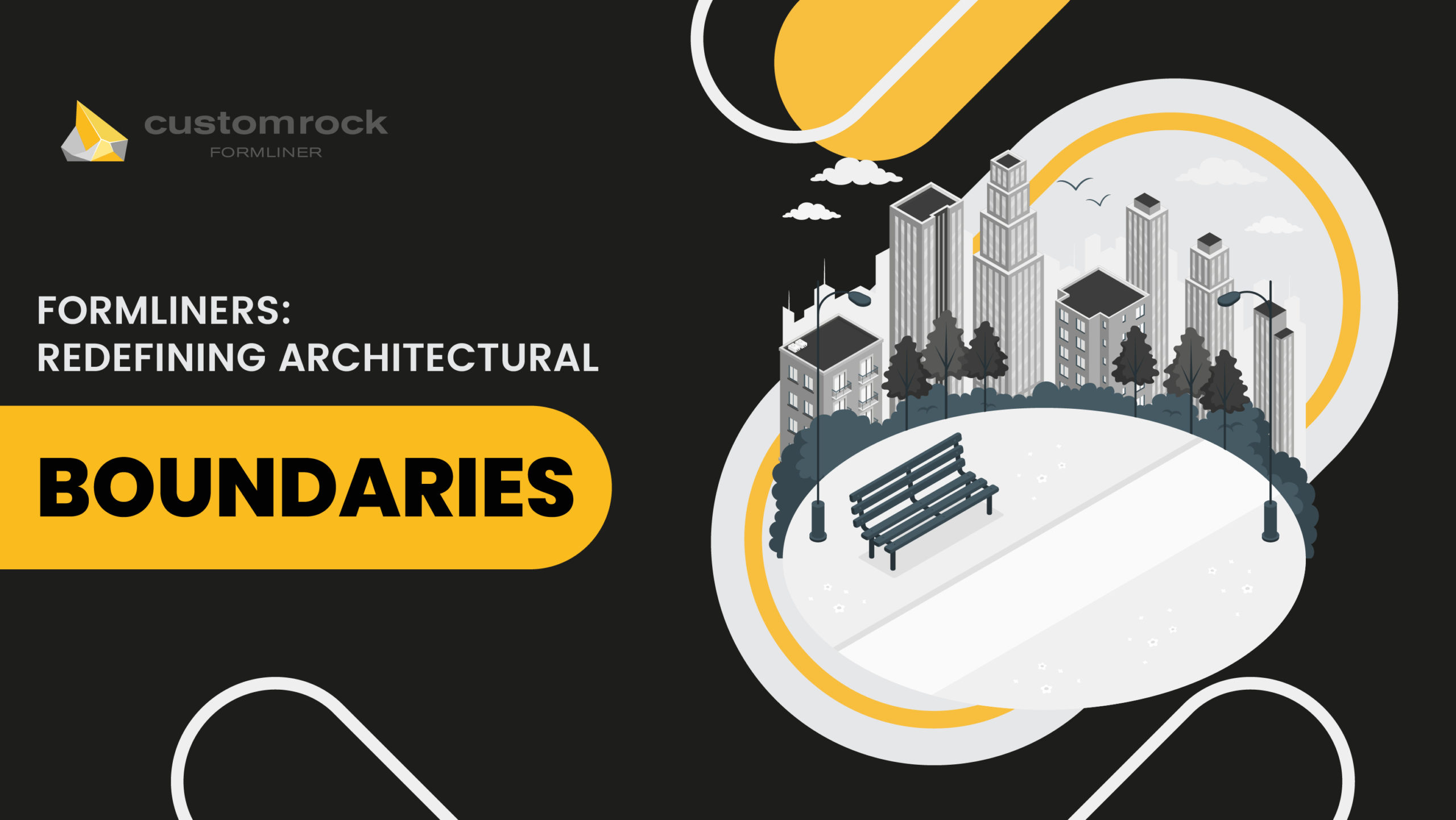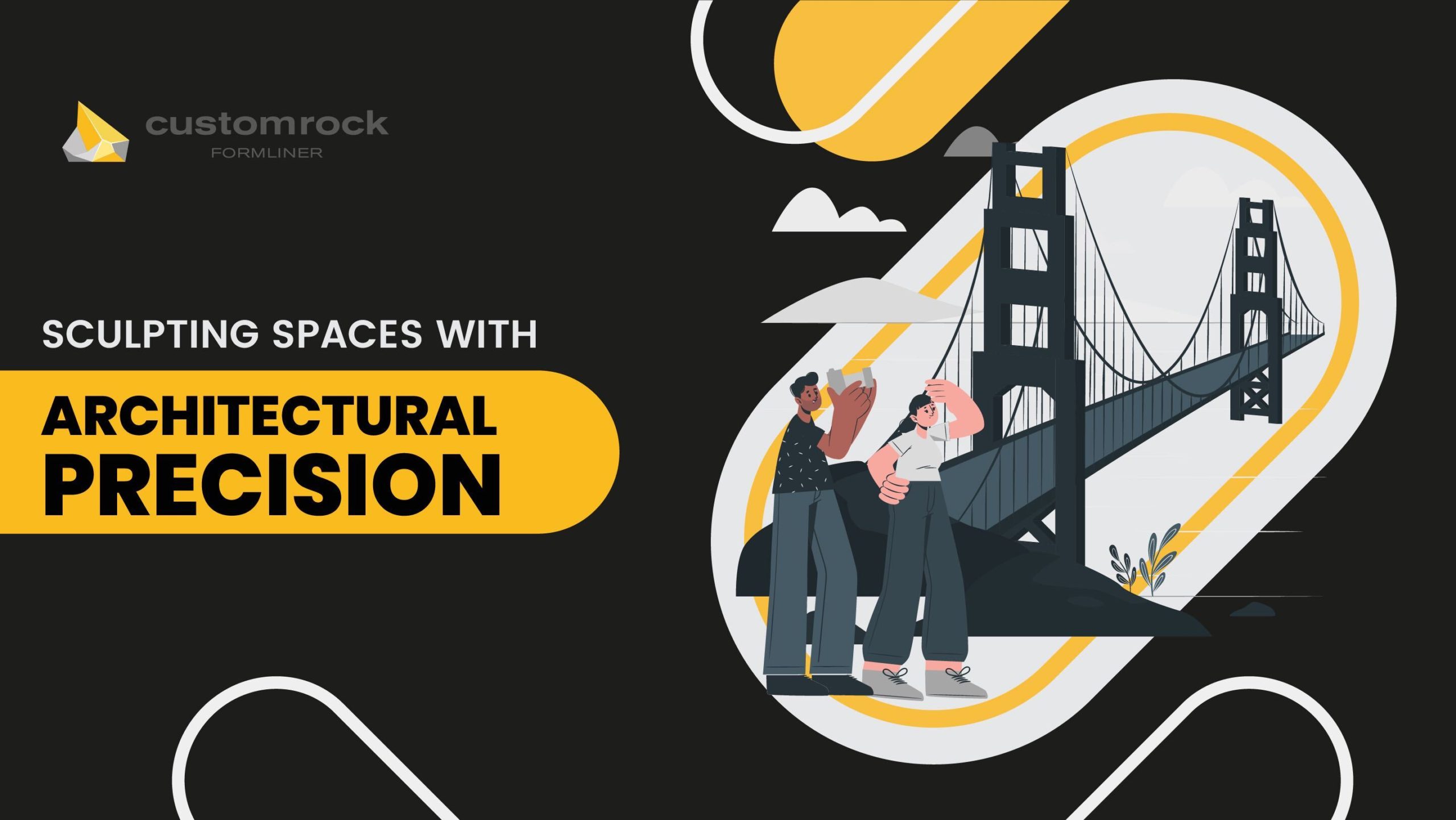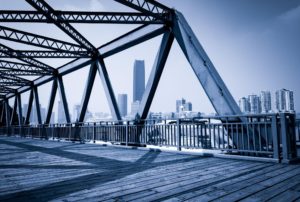TL, DR
As a citizen, it is a good step to keep eco-friendliness in mind before taking on home renovation work. Whether organizing simple changes or a revolution of your home, going green in the renovation process effectively reduces your negative influence on the surroundings.
Here are ten tips and ways that you can follow during your home remodeling journey to ensure sustainability.
Starting the first step to upgrade your current outdated windows with energy-efficient ones has one of the most positive impacts on the overall energy consumption in a house. We will even recommend windows with low-E coatings for better effect.
You can also use eco-friendly insulation material and even opt for cellulose derived from recycled paper or sheep’s wool, which is renewable and degradable. Installing solar panels will also help in this regard as it will save both energy and the cost of excessive electricity bills.
Moreover, environmental management is another factor you must consider in the modern renewal process of your home. Water management plays a significant role in this aspect. Tap aerators regulate how much water is used. Choose more environmentally friendly floors since a floor also impacts the environment. The right flooring materials include bamboo and cork, as they are fast-growing materials that can be replenished quickly.
Additionally; It would help if you prefer using low VOC or no VOC paints for interior painting as they do not emit chemical fumes and are also beneficial for health. Green or living roofs are covered with vegetation and soil and have considerable value in heat conservation. These roofs have advantages in energy conservation, contributing to the increased species count in an ecosystem, and acting as a habitat for wildlife.
Using energy-efficient electrical appliances can greatly reduce your family’s power and energy efficiency. If you follow these ten tips during your greenhouse renovation, not only will it help save the planet but also help you to minimize the costs of electricity bills.
10 Ways to Reduce Your Footprint: Eco-Friendly Renovation Ideas

Are you planning on renovating your home and are equally concerned about the environment? As a good citizen, it is a good step to keep eco-friendliness in mind before taking on such work.
To help you with relatable tips, this article focuses on sustainable living, which is very significant in the current world and environmental needs, as many homeowners seek ways to minimize their environmental impacts through green remodeling.
Whether organizing simple changes or a revolution of your home, going green in the renovation process effectively reduces your negative influence on the surroundings.
Read these ten green remodeling tips to think about or apply in your home renovation journey.
1. Upgrade to Energy-Efficient Windows
If you have plans to upgrade your furniture and other home accessories, start with your windows. Upgrading the current outdated windows with energy-efficient ones has one of the most positive impacts on the overall energy consumption in a house.
We will even recommend searching for windows with low e-coatings within their material that are double- or triple-glazed, along with inert gas filling between layers.
These features reduce heat exchange and keep your home warm during the cold season and cool during the hot season, naturally, without using the heater and conditioner, which will save you money.
2. Enhance Insulation
Insulation is one of the most important aspects of maintaining a building’s energy efficiency. You can use eco-friendly insulation material and even opt for cellulose derived from recycled paper or sheep’s wool, which is renewable and degradable.
Insulating walls, attics, and floors stops heat from escaping, reduces energy costs, and increases comfort. These materials provide good insulation from heat and reduce the transfer of sound, making living in your home comfortable.
3. Install Solar Panels
Solar panels are one of the most effective ways to reduce carbon emissions as compared to any other energy source. Power from the sun is freely available, and it greatly reduces the emission of greenhouse gases. At the same time, it should be noted that the costs at the installation stages can be high.
Still, the constant development of solar technology contributes to the gradual reduction of costs, and numerous state programs to support solar energy make it profitable and reasonable. Eventually, solar panels will reduce electricity bills significantly and provide a concrete opportunity to make money by feeding excess electricity into the grid.
4. Adopt Water-Saving Fixtures
Environmental management is another factor you must consider in the modern renewal process of your home. Water management plays a significant role in this aspect. Tap aerators regulate how much water is used and substantially reduce it while still getting the same level of performance as a standard faucet or shower head and toilet.
You can also invest in a grey water system that takes water from the kitchen sinks and bathroom shower and reuses it to wash water plants and flush toilets. They are designed to save water, lower your bills, and protect the water supplies in your area from being drained and wasted.
5. Choose Sustainable Flooring
Choose more environmentally friendly floors since a floor also impacts the environment. The right flooring materials include bamboo and cork, as they are fast-growing materials and can be replenished quickly. If you invest in these sustainable floorings, you can get an eco-friendly home with aesthetics, and elegance.
Some of the sustainable local approaches that are utilized in home decoration include the use of reprocessed timber and antique furniture. Such items also have a pleasing aesthetic appeal and, coupled with practicing proper forest management, often require less energy than other hardwood materials.
6. Use Non-Toxic Paints
We put so much effort into renovating processes and choosing paint colors, but we rarely notice the ingredients used to make those paints. Paints that have toxic materials can affect human health and are dangerous to the environment.
All you need here is eco-friendly and nontoxic paints. Paints with VOCs evaporate at room temperature, which is dangerous to human health, degrades indoor air quality, and increases smog levels. It would be really helpful if you start using low or no-VOC paints for interior painting because they do not emit chemical fumes and are also not harmful to health.
There are many varieties of these organic paints, and they’ll be available in various shades and sorts of sheen, which means you can get precisely what you want for your room, looking neither uglier nor harming the air you breathe.
7. Implement Green Roofing
Green or living roofs are covered with vegetation and soil and have considerable value in heat conservation. Such a roof has advantages in energy conservation, contributing to the increased species count in an ecosystem, and acts as a proper living space for wildlife.
While you might have to pay a lot at the start of the green roofing process, the long-term advantage of a greener environment and low expenditure on electric bills make the results worthy of the investment.
Green roofs also benefit the roofing materials, acting as blanch protectors, which save the roofing materials at the additional cost of extending their service span.
8. Upgrade to Energy-Efficient Appliances
It is okay if you have not used energy-efficient appliances before, but with this remodeling, upgrade all outdated appliances to modern and energy-efficient ones. If you use energy-efficient electrical appliances, they can greatly reduce your family’s power and energy usage.
You can ensure energy-efficient appliances by verifying the ENERGY STAR logo while buying; the logo means that an appliance has cleared tests and meets standards set by the U. S. Environmental Protection Agency. Home appliances like fridges, cookers, and washing machines, if energy and water-efficient are not only environmentally friendly but also cheaper to use.
9. Install Rainwater Harvesting Systems
If you live in a house where rainwater gets its way to seeps in, you must get a rainwater harvesting system. Rainwater harvesting systems make it possible to store rainwater for use in several house uses, including irrigation of plants, toilets, and washing of clothes.
This gets you cheap water, a scarce resource that reduces your dependence on the municipal water supply. Some technologies may call for small containers, such as rain barrels, and larger and more embedded structures, like cisterns located below the ground, thus making it convenient to integrate the concept of rainwater catching into home improvement.
10. Integrate Smart Home Technology
Installing smart home technology around your house can make it more energy-friendly, and convenient. For example, smart thermostats are known for adapting themselves to users’ schedules, and therefore, the temperature and power usage depend upon the needs of the residents.
Smart lighting devices can be configured to automatically switch off when not in use to minimize energy usage. For instance, incorporating these technologies with your home renovation can help you save lots of energy while creating comfortable spaces.
Conclusion
If you follow these ten tips during your greenhouse renovation, it will be easy to assist in sparing the planet a toll; it will also help you to minimize the costs of electricity bills and generate well-being of living space.
Both substantial and partial renovations are environmentally friendly, helping the environment while at the same time improving the value and quality of a house. In this case, you will also adopt green practices, which is why we believe the future is green.







